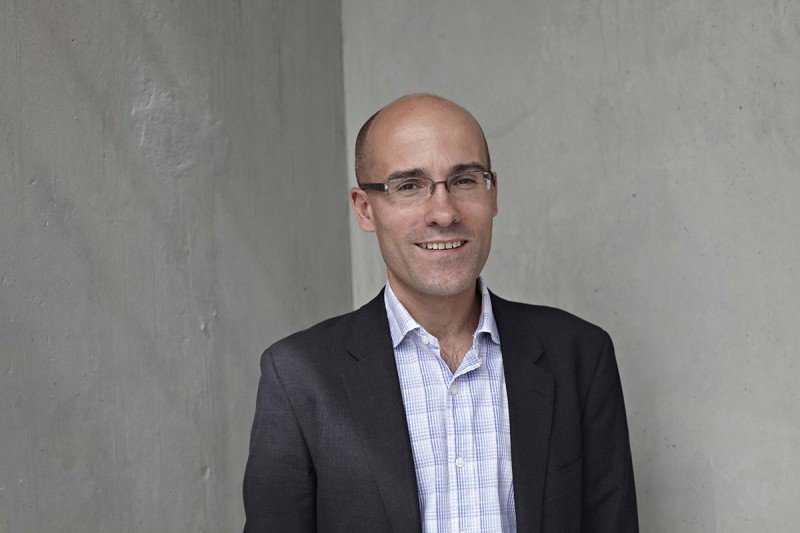
The Paul Marks Prize for Cancer Research was created by the Boards of Memorial Sloan Kettering Cancer Center to honor the late Paul Marks, who served as President and CEO of MSK for almost 20 years, beginning in 1980. Awarded every other year since 2001, the prize recognizes a new generation of leaders in cancer research who are making significant contributions to the understanding of cancer or are improving the treatment of the disease through basic or clinical research.
The winners of the 2021 prize were announced in November 2021. They will present their work at a series of online lectures hosted by MSK in March 2022.
Here, one of the winners, Charles Swanton, discusses his career and his current research. Dr. Swanton is the Royal Society Napier Professor of Cancer Research UK (CRUK) and Chief Clinician and Chair of Personalised Cancer Medicine at University College London (UCL). He is also Director of the CRUK UCL/Manchester Lung Cancer Centre of Excellence and Senior Group Leader for the Cancer Evolution and Genome Instability Laboratory at the Francis Crick Institute.
How did you get interested in cancer research?
When I was doing my PhD in the mid-1990s, I studied how certain cancer-associated herpesviruses affect the cell cycle. I published a paper in Nature that suggested a new mechanism by which these viruses disrupt the cell cycle and how that disruption contributes to the development of cancer. After I finished my MD and my internal medicine training, I trained in medical oncology so that I could continue my research with cancer in the clinic as well as in the lab.
When I set up my own lab, I decided to focus on how changes in cancer cells cause resistance to targeted therapies. We look at how cancer subclones [cells with distinct genetic lineages] evolve over time and space and disperse geographically throughout tumors, and how tumors escape the immune system.
I often tell my patients that one of the reasons tumors develop resistance to therapy is through Darwinian evolution — natural selection favors the cancer cells that are able to evade therapy. These cells increase in numbers and cause the tumors to become more aggressive.
How do you study natural selection and tumor evolution?
We do gene sequencing of cancer cells that are taken from different parts of tumors. This is one way we can understand how the tumors are changing. Next-generation gene sequencing has allowed us to study tumors with a lot of detail.
Some of my early work was on kidney cancer, analyzing different regions of tumors that were developing resistance to the cancer drug bevacizumab (Avastin®). This research showed how much mutations can differ spatially within a single tumor, contributing to a deeper understanding of the challenge of intratumor heterogeneity. Our group and others found that there were two types of driver mutations: truncal mutations, which are present in the trunk of the cancer evolutionary tree and therefore are not subject to tumor sampling bias, and branched mutations, which are found in some regions of the tumor but not in others.
We have since expanded to studying this phenomenon in other cancers. I treat patients with thoracic cancers, so much of my lab work now focuses on lung cancer.
What are you working on that could impact patient care?
I’m leading the TRACERx (TRAcking Cancer Evolution through therapy [Rx]) lung study in the United Kingdom. I hope that this multiyear research project will improve our understanding of non-small cell lung cancer evolution, how cancer clones evade immune predation, and perhaps advance new therapeutic approaches in the era of precision medicine.
The goal of the study is to uncover mechanisms of cancer evolution and immune evasion by analyzing how cancer clones acquire genetic diversity and adapt through the disease course and through therapy. We are following about 850 patients and tracking the evolutionary trajectory of their disease, starting at the time of diagnosis through to relapse or cure. We monitor the tumor DNA that’s circulating in the blood and have created tumor-informed gene panels that help us monitor the truncal and branch mutations that arise in patients after surgery in a minimal residual disease setting.
By looking at DNA in the blood, we can identify these changes even when no tumors are detectable by imaging. This may allow us to open a new world of opportunity for developing therapies that are designed against specific branch events implicated in metastatic disease.

